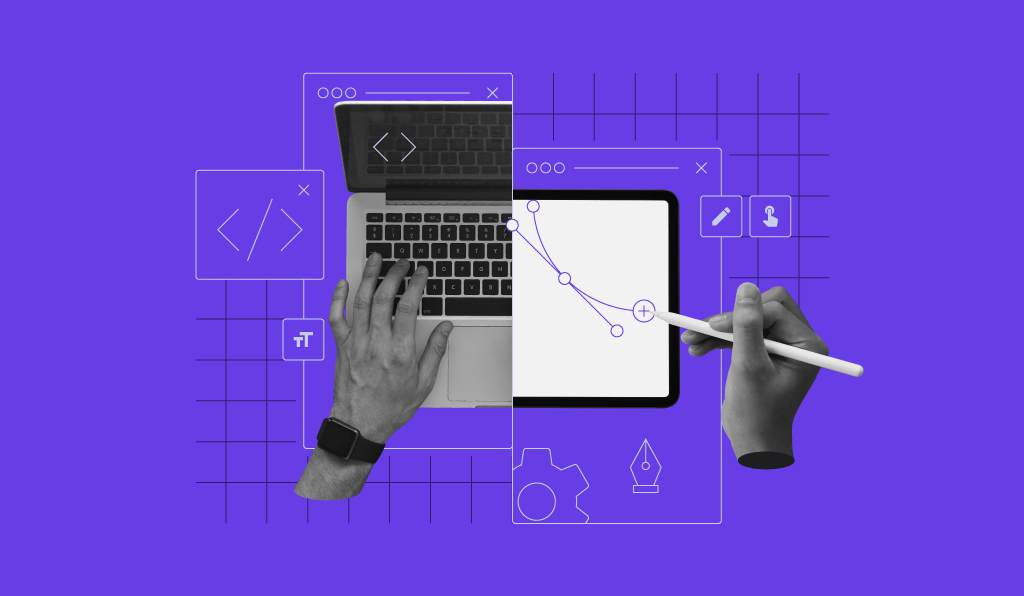
The world of user interface (UI) design is undergoing a dramatic transformation, driven by the rapid advancements in artificial intelligence (AI). AI-powered tools are no longer a futuristic concept; they are revolutionizing how designers and developers create engaging, user-centric, and adaptive interfaces.
Let's delve into some of the key UI design trends shaping the future of user experiences:
1. Adaptive Layouts: A Fluid and Seamless Experience
Gone are the days of static layouts. AI-driven design tools now automatically adjust layouts to seamlessly adapt to various devices, screen sizes, and orientations. This ensures a consistent and optimal user experience across desktops, laptops, tablets, and smartphones.
2. Personalized Experiences: Tailored to Individual Needs
AI-powered analytics and machine learning algorithms are enabling truly personalized user experiences. By analyzing user behavior, preferences, and interactions, AI can tailor the interface to individual needs. This can include personalized recommendations, customized layouts, and even dynamic content that adapts to the user's context.
3. Voice UI and Accessibility: Breaking Down Barriers
Voice interfaces are gaining significant traction, and AI is playing a crucial role in their development. By incorporating voice commands and natural language processing, designers can create more accessible and intuitive interfaces for users with disabilities. This ensures that everyone can easily interact with and navigate digital products.
4. Micro-Interactions and Animations: Elevating Engagement
AI-generated animations and micro-interactions add a touch of delight and personality to user interfaces. These subtle visual cues provide feedback, guide user attention, and enhance the overall user experience. AI algorithms can now generate a wide range of visually appealing and engaging animations, from subtle transitions to more complex interactive elements.
5. Dark Mode and Accessibility-Focused Design:
AI-optimized color schemes and contrast ratios are crucial for creating accessible and visually comfortable interfaces. Dark mode is becoming increasingly popular, reducing eye strain and improving readability in low-light conditions. AI algorithms can analyze color combinations and suggest optimal contrast ratios to ensure readability for users with visual impairments.
6. Minimalism and Simple Navigation: Prioritizing User Flow
In today's fast-paced digital world, simplicity is key. AI-driven design tools are helping designers create minimalist and clutter-free interfaces that prioritize user flow and reduce cognitive load. By focusing on essential elements and streamlining navigation, AI can help designers create more intuitive and user-friendly experiences.
Leveraging AI-Powered Tools
SIFO's AI-Driven Design Suggestions: SIFO's platform leverages AI to provide automated layout recommendations, suggesting optimal design configurations based on your content and target audience.
AI-Powered UI Generators: Explore AI-powered UI generators that can rapidly prototype and test different interface designs, accelerating the design process and allowing for faster iterations.
Machine Learning-Based Analytics: Utilize machine learning-based analytics tools to gain deep insights into user behavior and preferences. These insights can then be used to refine the user interface and create more effective and engaging experiences.
AI-Assisted Accessibility Tools: Leverage AI-powered tools to assess and improve the accessibility of your interface, ensuring it is usable by people with disabilities.
Best Practices for Responsive UI Design
Mobile-First Approach: Design for mobile devices first and then adapt to larger screens. This ensures that your website or app is accessible and usable on a wide range of devices.
Flexible Grid Systems: Utilize flexible grid systems that can adapt to different screen sizes and orientations, ensuring that your content is always displayed effectively.
Responsive Typography: Employ scalable font sizes that adjust automatically based on the screen size, ensuring optimal readability on all devices.
Continuous Testing: Continuously test your website or app on different devices and browsers to identify and address any usability issues.
Real-World Applications
E-commerce: Create personalized shopping experiences, optimize product recommendations, and provide seamless checkout processes.
Education: Develop engaging and interactive educational platforms that cater to diverse learning styles and abilities.
Healthcare: Design patient-centric interfaces for healthcare applications, improving access to information and enhancing the overall patient experience.
Finance: Create secure and intuitive banking interfaces that are easy to navigate and use.
The Future of UI Design
The future of UI design is inextricably linked to AI. We can expect to see even deeper integration of AI in design workflows, with tools that can anticipate user needs, predict design trends, and generate highly personalized and engaging experiences.
Emerging technologies like augmented reality (AR) and virtual reality (VR) will further revolutionize UI design, creating immersive and interactive experiences that blur the lines between the digital and physical worlds.
Conclusion
By embracing AI-powered tools and staying abreast of the latest UI design trends, you can create captivating and user-centric experiences that resonate with your audience. SIFO's innovative platform empowers you to leverage the power of AI to craft stunning, responsive, and future-proof interfaces.
Resources
- SIFO's AI-powered design tools: https://sifo.ai/
By embracing these trends and leveraging the power of AI, you can stay ahead of the curve and create truly exceptional user experiences.